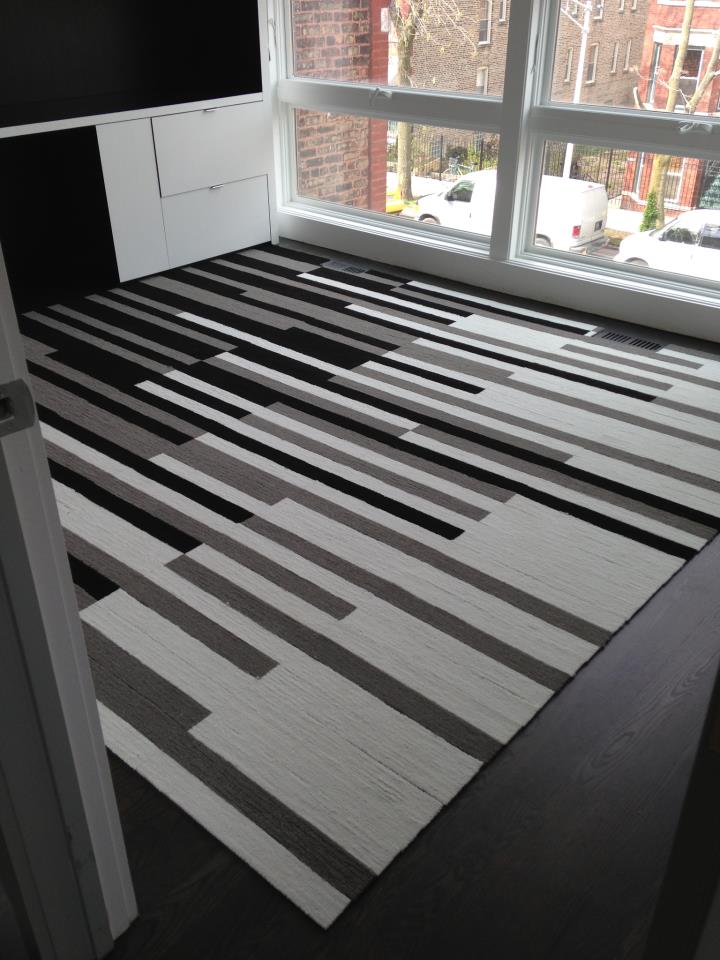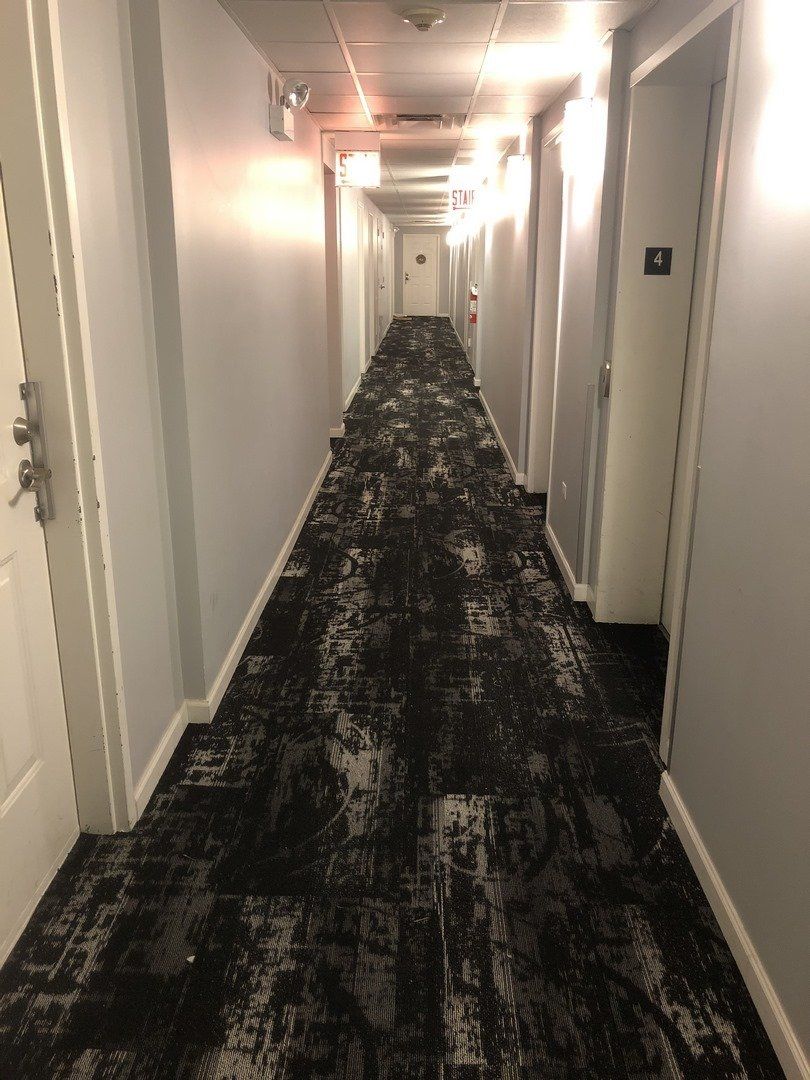A Comprehensive Guide to Flooring Installation
The Importance of Flooring in Construction and Renovation
Flooring plays a pivotal role in both the construction and renovation of residential and commercial spaces. Whether you're redesigning your home with a modern touch or creating functional workspaces, the choice of flooring and its installation process significantly influences the overall appearance, usability, and value of the property. In this guide, we’ll explore the main types of flooring, the installation process, and practical tips to ensure you achieve the best results.

Types of Flooring
When it comes to flooring, there are various materials to choose from, each offering unique advantages. Below are the most common types:
Hardwood Flooring: Hardwood is a timeless choice that brings warmth and sophistication to any space. Available in different wood species, finishes, and colors, hardwood floors are highly durable when properly installed and maintained, lasting anywhere from 20 to 30 years.
Laminate Flooring: Laminate offers the look of wood, stone, or tile at a more affordable price. It's resistant to scratches and stains, making it ideal for high-traffic areas. Additionally, laminate is easy to install with a click-lock system, eliminating the need for glue or nails.
Vinyl Flooring: Luxury vinyl is flexible, practical, and water-resistant, making it ideal for kitchens, bathrooms, and basements. With advancements in design, vinyl now mimics the appearance of materials like wood and stone while offering the benefit of easy maintenance and durability.
Tile Flooring: Ceramic and porcelain tiles are durable and water-resistant, making them perfect for high-moisture areas like kitchens and bathrooms. However, tile installation requires skill, especially when it comes to cutting and grouting.
Carpet Flooring: Carpet adds comfort and warmth to a room and comes in a variety of colors, textures, and patterns. While installation is straightforward, stretching and securing the carpet properly is essential to ensure a long-lasting, smooth finish.
The Flooring Installation Process
The process of installing flooring varies depending on the material used, but some key steps remain consistent across all types:
Preparation: The existing floor must be removed, and the subfloor needs to be cleaned, leveled, and prepped to ensure proper installation. For concrete subfloors, make sure they are completely dry before installation.
Acclimation: Certain materials like wood and laminate need to acclimate to the room's temperature and humidity. This step helps prevent expansion or contraction after installation.
Layout and Planning: Measure the space and determine the layout, considering any patterns, obstacles, or room shape. This step ensures the flooring fits properly and lays flat.
Installation: Follow the manufacturer’s instructions for each material type. Hardwood and laminate floors may require floating installations, while vinyl and tile often need adhesive. Proper cutting and placement of the material are crucial for achieving a seamless look.
Finishing Touches: Once the flooring is installed, finish the look with baseboards, moldings, and transition strips to cover any gaps and give the space a polished appearance.
Essential Tips for Successful Flooring Installation
Choose the Right Material: Consider the room’s usage, foot traffic, and moisture levels. For example, avoid hardwood in bathrooms due to its vulnerability to water damage.
Invest in Quality Underlayment: The underlayment provides support, absorbs sound, and insulates. Choose the right underlayment based on the flooring type you are installing.
Hire Professionals for Complex Installations: While DIY can be an option for simple installations, complex flooring types like tile or hardwood should be installed by professionals to avoid costly mistakes.
Allow for Expansion: Most flooring materials expand and contract with temperature and humidity. Be sure to leave space around the perimeter to accommodate this natural movement.
Maintain Proper Tools and Equipment: Having the right tools makes the installation process smoother. Essential tools include measuring tape, saws, glue, spacer bars, and levels.
Follow Manufacturer Guidelines: Adhering to the manufacturer’s installation and maintenance instructions ensures the flooring lasts longer and maintains its appearance.
Conclusion: Flooring is an investment that can significantly improve the appearance and functionality of any space. By selecting the right flooring material, following the proper installation steps, and utilizing expert tips, you can ensure a long-lasting and visually appealing floor. Whether you opt for the timeless elegance of hardwood, the durability of vinyl, or the comfort of carpet, your choice of flooring will impact the overall ambiance of your home or business.











